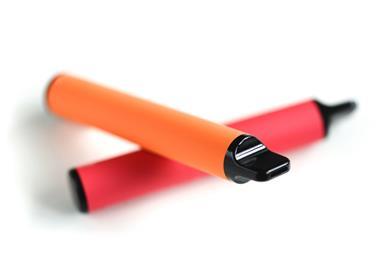Editor’s comment: Is plain packaging a good idea?

Editor David Rees discusses the ramifications of the potential introduction of plain packaging for tobacco products. And where does the blame lie for drink-related anti-social behaviour?
ALREADY HAVE A REGISTERED USER ACCOUNT? PLEASE LOG IN HERE
To read the full story join the ConvenienceStore.co.uk community today!
Registration is quick and easy and provides access to:
- Unlimited ConvenienceStore.co.uk articles
- Our great range of newsletters
- Content you’ve saved for later via the ‘my library’ feature
And much more…




















